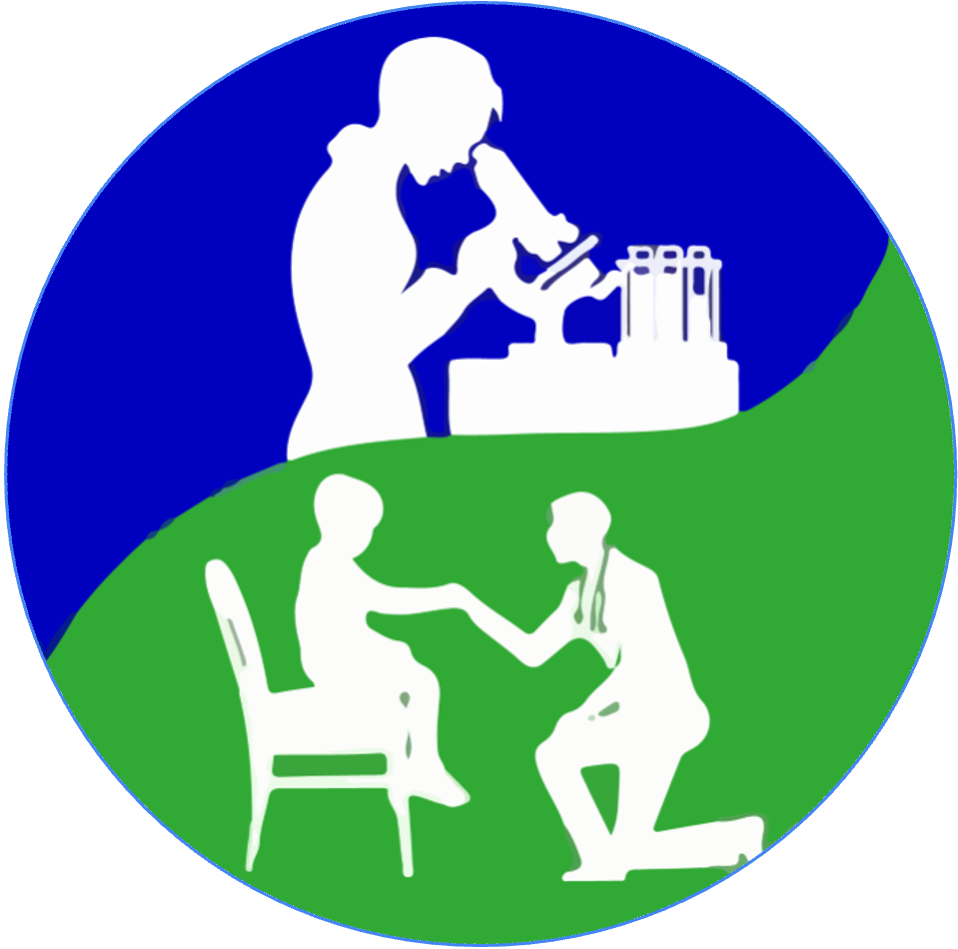What is Snyder-Robinson Syndrome (SRS)?
SRS Overview
Snyder-Robinson Syndrome (SRS) is an ultrarare genetic disorder that affects males. SRS is characterized by intellectual disability, muscle and bone abnormalities, developmental delays, and sometimes other medical problems.
Individuals with SRS have various degrees of delayed development in the areas of speech, motor and cognitive skills. These delays are usually evident in early childhood. Some are mildly affected, and others require a significant level of care.
Most people with SRS are thin and have low muscle mass. Low muscle tone (hypotonia) is typically apparent in infancy, and the loss of muscle mass usually progresses with age. People with SRS often have difficulty walking, and some are not able to walk at all. Of those people who develop the ability to walk, most have an unsteady gait or require assistance.
SRS causes skeletal problems, particularly thinning of the bones (osteoporosis) that starts in early childhood. Osteoporosis causes bones to be brittle and to break easily, often during normal activities and in the absence of trauma. In people with SRS, broken bones occur most often in the long bones of the arms and legs. Most affected individuals also develop an abnormal side-to-side (scoliosis) and back-to-front curvature of the spine (kyphosis), often called kyphoscoliosis when they occur together.
SRS is also associated with distinctive facial features, including a prominent lower lip; a high, narrow roof of the mouth or an opening in the roof of the mouth (a cleft palate); and differences in the size and shape of the right and left sides of the face (facial asymmetry). Other findings may include neurological problems, seizures, and other abnormalities which are described here.
Causes of SRS
SRS is associated with alterations or mutations in the Spermine Synthase (SMS) gene which is located on the X chromosome. These changes are typically passed from a mother who carries one copy of the SMS mutation. Sometimes a child is born with a new mutation which was not passed on from the mother. This is called a de novo mutation. The SMS gene contains the instructions for making an enzyme called spermine synthase. This enzyme converts spermidine to spermine. Both spermidine and spermine are small molecules called polyamines. Scientists know that polyamines have many critical functions within cells. Studies suggest that these molecules play a role in cell growth and division, the production of new proteins, the repair of damaged tissues, the function of proteins called ion channels, and the controlled self-destruction of cells. Polyamines are thought to be necessary for normal development and function for the brain and other parts of the body. When SMS is not working properly, it causes an increase in the spermidine to spermine ratio. Scientists are continuing to conduct research to better understand the implications of this abnormal ratio in SRS. To learn more about SRS research, continue below to the Research Literature section.
Diagnosis
Males with intellectual disability and some features of SRS should be screened for a mutation in the SMS gene, either by direct gene sequencing or by whole exome sequencing (WES). The benefit of doing the latter is that if sequencing of the SMS gene is normal, other gene alterations will be available for follow-up analysis. If an alteration in the SMS gene is found and if it has not previously be reported in a patient with SRS and is not listed as being present in the normal population, cells from the patient should be tested to determine both the spermidine/spermine ratio and the activity of the SMS enzyme.
Learn more about tools to assist with a diagnosis of SRS.
Treatment
Doctors and researchers are working hard to identify possible treatments for SRS. In the meantime, doctors can provide medical care and prescribe medications to help with symptoms. Additional information for healthcare providers can be found here.
The following library consists of peer-review published literature regarding SRS based on research. It is organized based on year of publication and continues to be updated as new research is published.
Research Literature
-
-
-
-
-
-
-
-
-
-
A Y328C missense mutation in spermine synthase causes a mild form of Snyder–Robinson syndrome
Enhancing Human Spermine Synthase Activity by Engineered Mutations
Polyamines and Their Metabolites as Diagnostic Markers of Human Diseases
Toxicity of Polyamines and Their Metabolic Products
Spermidine/spermine-N1-acetyltransferase: a key metabolic regulator
The diagnostic view – Unexplained severe multiple disability and epilepsy
-
-
-
-
-
-
-
-

